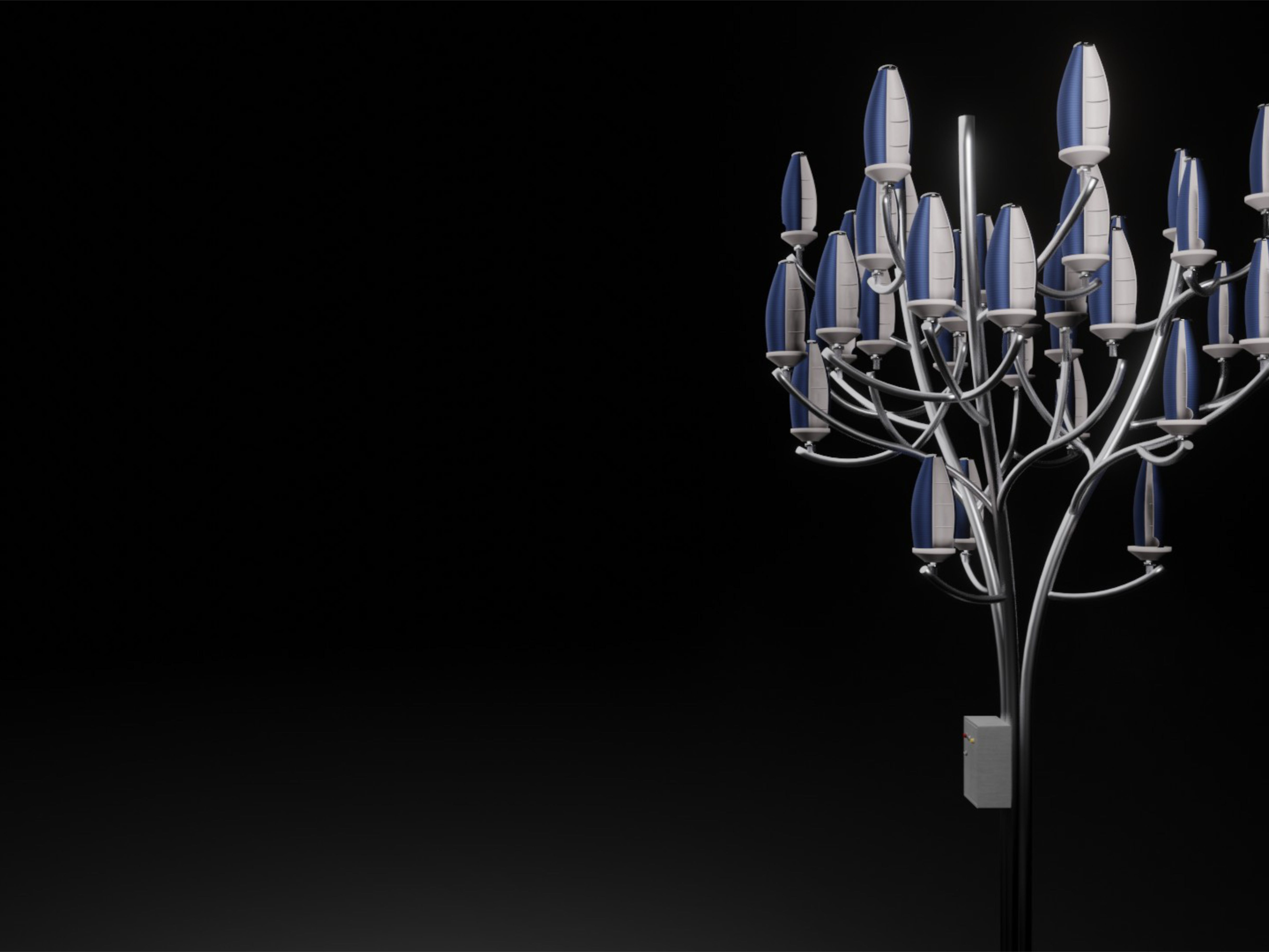Project Overview
Sokkolia Village, Bontomarannu District, Gowa Regency, is one of the most extensive cattle management and production sites in South Sulawesi. However, the village also accumulates significant amounts of cow dung waste. An alternative solution to the problem of accumulating cow dung waste is the utilization of resources that have not been optimally managed in the livestock system. The availability of livestock waste in Indonesia represents a potential resource for producing renewable alternative energy, such as biogas. Therefore, maximizing the utilization of livestock waste will lead to a cleaner environment, healthier or odor-free air, and help overcome the scarcity of fuel oil[1][2][3][4].
Timeline
September 2017 - March 2018
Project For
Community Service Work Program, MAPALA 09 SMFT-UH, Hasanuddin University.
Project Team
• Zulfiqar Islahqamat (Team Leader, Designer)
• Suarnagani (Researcher)
• Muh. Syahruddin Ahsan (Engineer)
• Suarnagani (Researcher)
• Muh. Syahruddin Ahsan (Engineer)
Featured In
• Tribun Timur Newspaper.
• Nusantara Expedition 2017-2018.
Problems
Livestock manure, generated from livestock activities, contributes to pollution and often causes environmental problems that affect the comfort of people living around farms. Beyond waste issues, Indonesia is also facing an energy crisis, particularly with fuel oil. The energy scarcity is due to increasing energy demands, limited raw materials for production, and lengthy manufacturing processes. In response, the Central Government decided to increase the prices of fuel, oil, and gas, heavily impacting the lower middle class[2][3].
Objective
To create a household-scale biogas digester prototype by utilizing cow dung as an efficient, environmentally friendly alternative energy source, contributing to energy sustainability.
Goals
• To design a device capable of storing animal waste fermented with EM4 to produce biogas, which can then be stored in a tube for more economical use.
• To produce gas from cow dung as an alternative energy source for households.
Prototype Testing
The biogas content test is conducted after completing all measurement stages. The gas content of biogas is determined using a gas detector, such as the X-am 7000 Dräger detector.
GALLON 19 L
Composition: 8 Kg Cow Manure, 8 Liters Water, and 10% EM4
DRUM 400 L
Composition: 200 Kg Cow Manure, 200 Liters Water, and 10% EM4
Results & Findings
• The calorific value required to boil 50 ml of water at a temperature of 29℃ is 68.60484 KJ (without filter), with an average heating time of 6 minutes 1 second. Testing with activated charcoal filters takes 1 minute 43.7 seconds, producing a calorific value of 87.31526 KJ.
• The highest heat, using a zeolite filter at a water temperature of 73℃, yields a calorific value of 91.47313 KJ within 2 minutes 11.3 seconds. This trial found that the flame color from cow dung mixed with paddy soil and EM4 significantly differs. The flame in the biogas reactor is a darker blue, while the flame from the LPG gas stove is lighter blue than the biogas produced.
References
[1]: Indrawan, N., et al. (2017). Evaluation of Biogas Development in Indonesia for Enhancing Energy Security.
[2]: Khalil, M., et al. (2019). Potential of Biogas Production from Animal Waste in Indonesia.
[3]: Putra, A., et al. (2017). Impact of Biogas Technology Adoption on Farm Households in Indonesia.
[4]: Kusmiyati, S., et al. (2023). Advancements in Biogas Production from Cow Dung: A Review.





